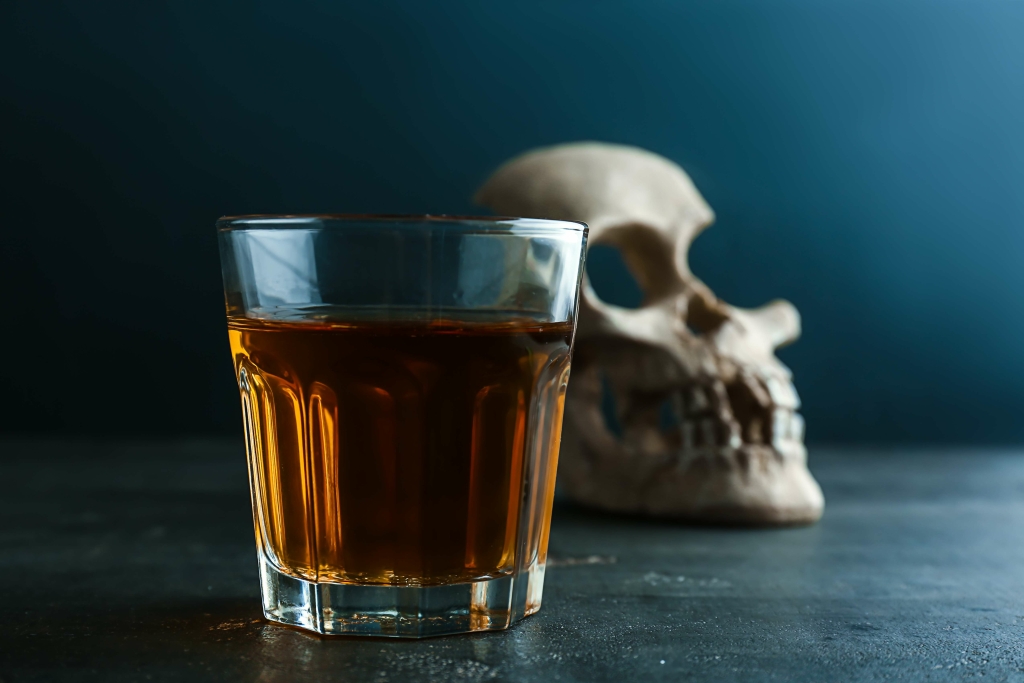In addition, the drug’s ability to affect the individual’s judgement and coordination can last much longer, “up to 24 hours following initial use” (CESAR). Ketamine intoxication can present similarly to PCP, methoxetamine, and dextromethorphan intoxication, all of which bind to the N-methyl-D-aspartate receptor. Also, providers should consider intoxication with alcohol, amphetamine, cocaine, LSD, MDMA, and salicylate, as well as delirium tremens from alcohol withdrawal.

Medical ketamine statistics
As a nasal spray, racemic ketamine is often compounded in bottles with higher volumes than Spravato bottles, where each spray is 10 mg, and typical doses are between 100 and 200 mg (i.e., 10 to 20 sprays). When administered intravenously, dosages (which are typically smaller than the nasal sprays) can be fine-tuned more easily to a patient’s optimal level, and it works faster than other routes (Tully et al., 2022). To put these doses into context, a 200-pound man has a mass of 91 kg, and so a standard IV dose of 0.5 mg/kg equates to 45.5 mg while a high IV dose equates to 91 mg. The years following the Vietnam War saw increasing reports—both published and unpublished—of ketamine being used off-label to treat numerous psychiatric conditions, especially depression (Dore et al., 2019). One of ketamine’s most significant advantages is its rapid antidepressant effect, often noticeable within hours. This rapid action is crucial for patients with severe depression or suicidal ideation.
Zoloft Side Effects in Women: What You Need to Know
There is a ketamine users suggestion from experts that part of the increase in the use of ketamine is due to some people who have mental health problems that are unable to access treatment because of long waiting lists. Ketamine therapy may be useful in preventing people from returning to heroin use12. It has been shown to be helpful in controlling cravings for people using cocaine. While ketamine therapy shows a great deal of promise for addiction treatment, more research is needed.
Ketamine and Esketamine as Treatments for Depression
The information contained on this website is not intended to be a substitute for, or to be relied upon as, medical advice, diagnosis, or treatment. Always seek the advice of your physician or other qualified health provider with any questions you may have regarding a medical condition. Many ketamine clinics are not regulated and are not in a medical setting. Because this is such a new treatment, and there are so many ketamine clinics – perhaps thousands – across the country, it can be difficult to know what their standards are for safety. Treatment is not always monitored, leaving room for unsafe treatments.
Every month, 150,000 people search for addiction or mental health treatment on Sober living house Recovery.com. Our advisory council brings together leaders in behavioral health, technology, and business. Their diverse expertise ensures our resources and product are innovative, evidence-based, and effective.
- During this session, ketamine allowed one of my patients to achieve significant separation between the memories of her past traumas and her emotional reactivity to them.
- Overall, the DEA’s ketamine seizures at borders and ports of entry show increases in illicit use and trafficking of ketamine, prompting heightened enforcement efforts.
- Joining groups like Narcotics Anonymous or SMART Recovery provides ongoing encouragement and accountability when formal treatment ends.
- Get our weekly newsletter to stay informed on important public health topics.
Doses of ketamine are often scheduled to gradually taper down, which can decrease the risk of withdrawal, addiction, and future misuse. However, there may be interactions with some medicines, so a doctor needs to review all of a person’s medications before beginning treatment with ketamine. The following two sections provide more specific information about how both ketamine and esketamine may be used in treating depression. Building on this, we emphasize and incorporate therapy around each ketamine experience, setting intention prior, and debriefing or integration afterward. Put another way, if you think of your brain as chocolate — ketamine softens the chocolate, and therapy around it is the new form that it can “melt” into. Another concern about illicit ketamine use is its potential role in sexual assault.
All clinicians who administer ketamine should understand the indications and contraindications. In one study11, people with severe alcohol problems who were given ketamine with counseling had more non-drinking days than a control group. It is used as a general anesthetic1 during medical procedures to make a patient unconscious. For example, it can be used in emergency departments when fixing broken bones or painful wounds. These include some asthma medicines like aminophylline and other theophylline-derived drugs. Ketamine can enhance the effects of drugs that are sedatives or central nervous system depressants like benzodiazepines and some sleeping pills.

Importantly, in the last reported year, 2008, for the first time a substantial minority of seizures (14%) were reported from outside of this region, suggesting a widening of ketamine supply (41). Ketamine is both water- and lipid-soluble, which allows administration by many routes. Intravenous, intramuscular, subcutaneous, oral, nasal, and rectal administration are described both therapeutically (3) and for recreational, non-medical ketamine misuse (7). Extensive first-pass hepatic metabolism of ketamine to its main metabolite norketamine substantially reduces its bioavailability following either oral or rectal administration (see Table 1) (3, 8–10). Ketamine has a short α half-life (2–4 min) and longer β half-life (8–16 min), and its effects vary according to plasma concentration.
Users may be become agitated, aggressive, paranoid, and display dissociative-type symptoms. The content of hallucinations may be unwanted, which are typically referred to by users as ‘falling into the K-hole’, and in some cases can be significantly unpleasant. Geographically, recreational use of ketamine use is seen across the world, but it appears to be most common in East and South-East Asia, potentially because of its relatively low price compared to other psychomimetic drugs, particularly MDMA (41). Global reports of ketamine seizure rose from negligible amounts in 1999 to over 11 metric tonnes in 2007, with nearly all of this in East and South-East Asia, where ketamine seizures exceeded that of heroin (41, 42). Hong Kong reported ketamine as the second-most popular drug of abuse after heroin for the period 2007–2010 (43).
Low-dose ketamine infusions are both safe and significantly effective for patients with chronic pain, according to one of the largest real-world studies of its kind published today in Regional Anesthesia & Pain Medicine. No specific data on the number of people who experience ketamine withdrawal symptoms is available. Yet anyone with a ketamine substance use disorder could experience withdrawal. Twelfth graders who abused ketamine reported certain reasons for trying the drug, including t depression symptoms and wanting to experience the effects of ketamine. It is important to note that ketamine is no longer safe when individuals take it inappropriately.